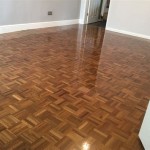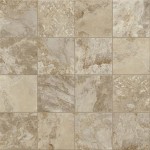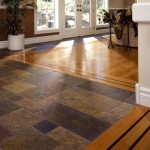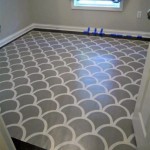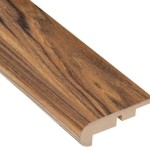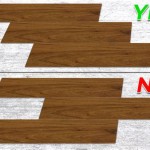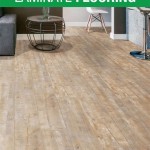Hardwood floors are a common feature in many homes, but they can often be tricky to install. If you’re looking to install hardwood flooring in your home, then this guide is for you. We’ll look at the different types of hardwood flooring, the tools and materials you’ll need, and tips on how to get the job done right. Let’s get started!
Types of Hardwood Floors
When it comes to hardwood flooring, there are several different types to choose from. Solid hardwood floors are the most common type and are made from a single piece of lumber. Engineered hardwood floors, on the other hand, are composed of several layers of plywood with a veneer layer of hardwood on the top. Both types of hardwood flooring can be installed using nails, glue, or a floating method.
Tools and Materials
To install hardwood flooring, you’ll need to gather several tools and materials. A table saw or circular saw is essential for accurate cuts. You’ll also need a pry bar, a hammer, a tapping block, a wood chisel, a miter saw, a drill, and a nail gun. Additionally, you’ll need wood glue, nails, and a wood filler. Make sure you have all the tools and materials you need before you start the project.
Preparing the Subfloor
Before you begin installing your hardwood floors, you need to prepare the subfloor. It’s important to make sure the subfloor is level, clean, and dry before you start. If there are any squeaks or creaks in the subfloor, you can use a hammer and nails to secure the floorboards. Once you’ve ensured the subfloor is ready, you’re ready to start laying the hardwood flooring.
Layout and Installation
Before you start laying the hardwood flooring, you need to plan out the layout. Measure the room and make sure you’ve accounted for any doorways or obstacles. Once you have the layout planned out, you can start nailing or gluing the hardwood flooring in place. If you’re using a floating installation, you’ll need to use a tapping block and a hammer to secure the boards in place.
Finishing Touches
Once you’ve installed the hardwood flooring, you need to finish the job. You may need to fill in any gaps or cracks with wood filler. You may also need to sand and finish the floors with a sealant or varnish. If you’re using solid hardwood flooring, you may need to sand and refinish the floors every few years to maintain the appearance. Once you’re done, you’ll be able to enjoy your beautiful hardwood floors for years to come.
Tips and Tricks
Installing hardwood floors can be a tricky task, so here are a few tips and tricks to make the job easier:
- Make sure you have all the tools and materials you need before you start the job.
- Measure the room and plan out the layout before you start installing the hardwood flooring.
- Use a tapping block and a hammer to secure floating boards in place.
- Fill any gaps or cracks with wood filler and sand and finish the floors with a sealant or varnish.
- If you’re using solid hardwood flooring, you may need to sand and refinish the floors every few years.
Conclusion
Installing hardwood floors is a great way to add beauty and value to your home. It can be a tricky task, but with the right tools, materials, and a bit of patience, you can get the job done right. We hope this guide has given you the information you need to get started on your DIY hardwood flooring project. Good luck!














Related Posts

